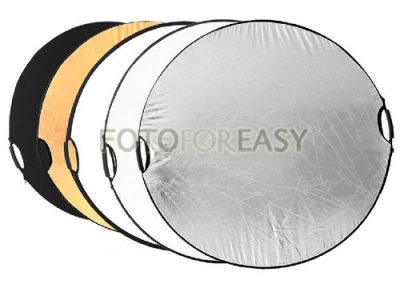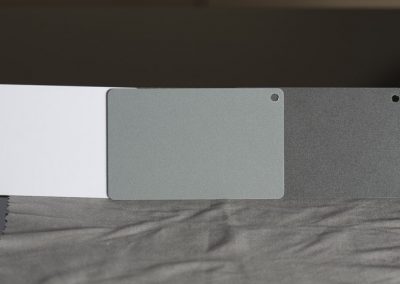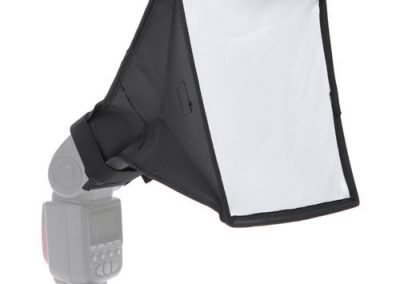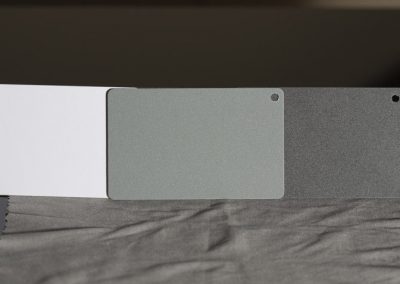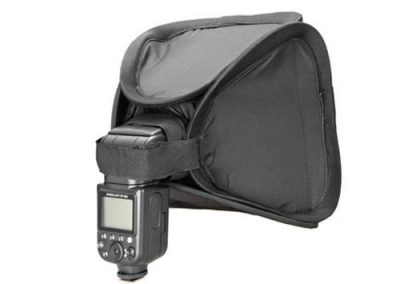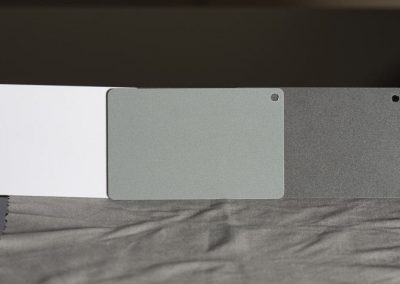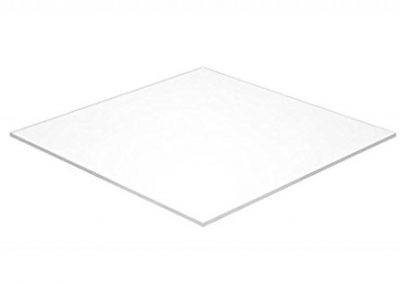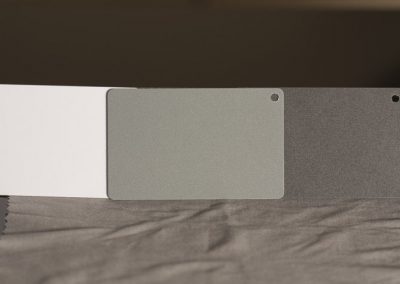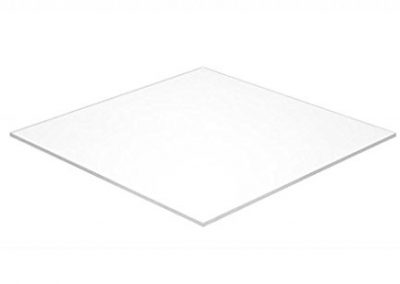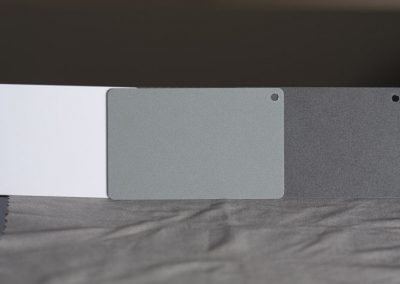Color Temperature Shift Across Speedlites Power Levels
And Light Modifiers
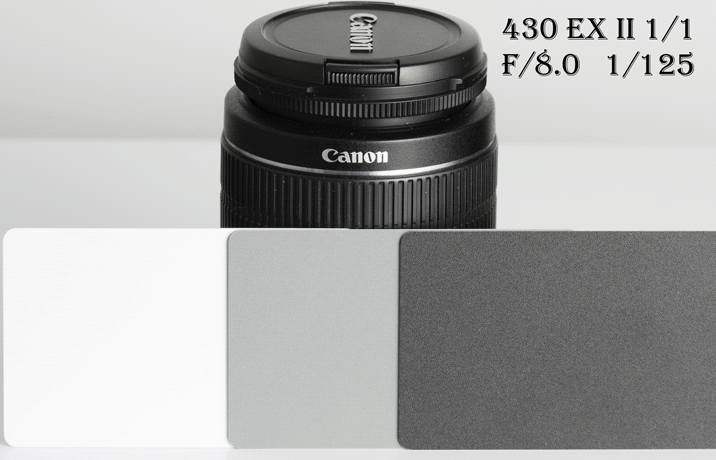

Alexander Jemeljanov has been a Riga-based photographer since 2008. Alex’s main profession is as a System Analyst. He has been working with Oracle Siebel since 2006.
His love for photography has grown from a hobby and has become his second profession. Alex has launched a photo / video related blog: MediaMaker.Tips. His portfolio – http://alexart.lv/
Power Level And Color Temperature Consistency examined on Speedlites to determine the amount of color temperature Shift
But are cheap speedlites suitable for professional work? Many photographers believe that one of the biggest disadvantages of speedlites is the variable color temperature.
If you are using one light source, no matter what color temperature it has, but if you are using two and more, then different temperatures most probably will be visible. And, if different color temperature lights were mixed up, it is almost impossible to fix in post production.
But how much does the color temperature differ? Is it critical for professional photography or not?
Lets analyze this question based on two speedlites: Canon 430 EX II and Nikon SB 28.
Let’s keep in mind that the Canon unit is much newer, the Nikon one was designed a long time ago for film cameras.
Color Temperature Shift With Different Power Level
For this test, the camera’s white balance was set to “Flash” (5900K, tint +6). Manual mode was used. The flash with zoom 24mm was placed on about the same high level as the objects: white, gray and black cards. These cards are cheap and was included as a bonus with another purchase, so I believe these are not very accurate. But this is okay as we are going to analyze the difference in color temperature only.
Let’s see how color temperature differs on power level from 1/64 to 1/1 on both units.
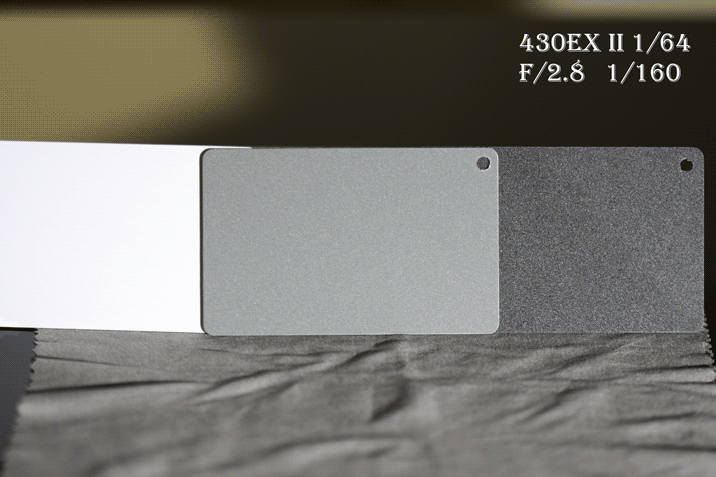
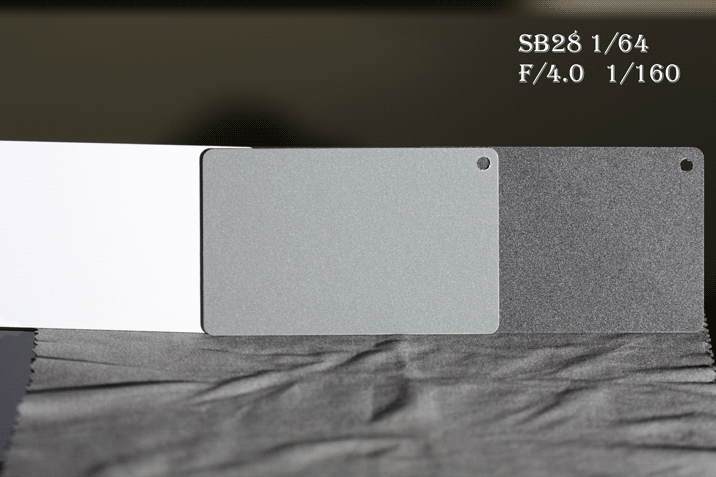
The white balance and other settings were left untouched.
As we can see, the color temperature shift is pretty visible and seems, at least for the Canon unit, to be visually different only on one frame with full power level.
Next step is to bring this difference into the table of power level and color temperature in Kelvins.
This technique was used:
Press “W” to activate “White Balance Selector” tool in Lightroom. Place the mouse on the area that is suitable for taking the color (gray card in our case) and click with left mouse button. Then press right arrow to go to the next image and don’t move the mouse. Then press “W” again to activate the “White Balance Selector” tool and click again on exactly the same pixel. Repeat until all images are done. Then read white balance settings of each image and fill in the table.
| 430 EX II | Delta | SB 28 | Delta | |
| 1/64 | 6200 (16) | 0 (-1) | 6350 (17) | 250 (4) |
| 1/32 | 6100 (16) | -100 (-1) | 6250 (15) | 150 (2) |
| 1/16 | 6200 (17) | 0 | 6250 (17) | 150 (4) |
| 1/8 | 6200 (17) | 0 | 6150 (13) | 50 (0) |
| 1/4 | 6200 (17) | 0 | 6100 (13) | 0 |
| 1/2 | 6200 (18) | 0 (1) | 5950 (12) | -150 (-1) |
| 1/1 | 6000 (16) | -200 (-1) | 5900 (11) | -200 (-2) |
It seems that Lightroom is more suitable for setting the white balance based on the gray card because clicking on different gray card pixels the result does not differ much. While doing same in Adobe Camera Raw the result was more variable. Perhaps Lightroom uses a wider area for the analysis.
The Canon 430 EX II differs +/- 150K and +/- 1 tint. This is pretty stable result especially if we eliminate using full power to have +/- 50K and +/- 1 tint.
What about the Nikon SB 28? The results are much worse. +/- 225K and +/- 3 tint. For the old Nikon unit it is better to use the same power level of multiple units to get the same color temperature.
But is color temperature the same within one power level setting?
Let’s shoot nine shots with exactly the same camera and flash settings using 1/4 power level.
Power Level And Color Temperature Consistency


Power accuracy for Canon unit is +/- 0.04 stops, but for the Nikon unit it is +/- 0.08 stops. These are pretty good results, aren’t they? It is especially important when shooting timelapse video using speedlites. If every frame has a visually different amount of light, then at the end it produces an effect called flickering. It is possible to fix the flickering in post production, but it is better to have as clean a result as possible from the outset.
Now, what about color temperature consistency?
| 430 EX II | Delta | SB 28 | Delta | |
| 1 | 6300 (19) | 0 | 6100 (14) | 0 |
| 2 | 6300 (19) | 0 | 6050 (14) | -50 (0) |
| 3 | 6250 (19) | -50 (0) | 6100 (14) | 0 |
| 4 | 6300 (19) | 0 | 6100 (14) | 0 |
| 5 | 6300 (19) | 0 | 6100 (14) | 0 |
| 6 | 6300 (20) | 0 (+1) | 6100 (14) | 0 |
| 7 | 6250 (19) | -50 (0) | 6100 (14) | 0 |
| 8 | 6250 (19) | -50 (0) | 6050 (14) | -50 (0) |
| 9 | 6250 (19) | -50 (0) | 6050 (13) | -50 (-1) |
For both units it is +/- 25K and +/- 0.5 tint. Is it absolutely constant? Maybe. I have no idea what the measurement error is for this test.
Anyway, the color temperature is very reliable and can be used for professional work if the same speedlite models are used with one power level.
Color Temperature Shift On Different Shutter Speed
David Hobby in his article about color temperature shift points out, that temperature can differ depending on shutter speed. If the flash is at full power and the camera at maximum sync speed (1/200 in our case) then the flash pulse tale is cut off and we get a different color. It happens because pulse color is not consistent in time.
Let’s find out how big an impact this effect can have. The camera was set on different shutter speed from 1/125 up to 1/250


Visually we can see the power loss with a faster shutter, but at the same time there is not much difference in color.
| 1/1 | 430 EX II | Delta | SB 28 | Delta |
| 1/125 | 6000 (18) | 0 | 5700 (11) | 0 |
| 1/160 | 6050 (17) | 50 (-1) | 5750 (12) | 50 (1) |
| 1/200 | 6050 (18) | 50 (0) | 5750 (12) | 50 (1) |
| 1/250 | 6100 (19) | 100 (1) | 5850 (14) | 150 (3) |
Technically David was right and the measurements show that there is a slight shift but only when we go over max sync speed. David pointed that this shift is not something you would even notice and this is true as well.
Now let’s do same test with speedlite half power


The power loss is almost invisible now as well as color shift.
| 1/2 | 430 EX II | Delta | SB 28 | Delta |
| 1/125 | 6150 (19) | 0 | 5850 (13) | 0 |
| 1/160 | 6150 (20) | 0 (1) | 5850 (13) | 0 |
| 1/200 | 6150 (20) | 0 (1) | 5850 (14) | 0 (1) |
| 1/250 | 6150 (19) | 0 | 5800 (14) | -50 (1) |
And adding the measurements just confirms that. Nothing to worry about at half power at all.
Color Temperature Shift With Different Light Modifiers
So far the test shows that it is possible to use speedlite in professional work. Of course, you must to know what some of the limitations are.
With older speedlites, like the Nikon SB 28 in our case, it is better to use closer power level if multiple units are used.
For newer units, like Canon 430 EX II in our case, it is a good idea not to mix full power with non full power. That’s it!
And taking in the account that 430 EX II price is around $150, it is pretty affordable.
Add some cheap light modifiers and you are ready to do some serious work, aren’t you?
The next test will show us the color shift using different cheap light modifiers.
Canon 430 EX 1/4 power without light modifiers
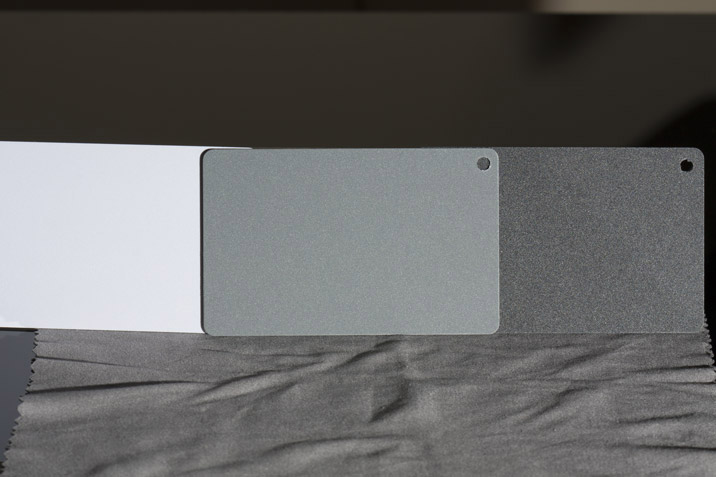
Canon 430 EX 1/4 power with collapsible round diffuser
Canon 430 EX 1/4 power with soft speedlite softbox
Canon 430 EX 1/4 power with 9″x9″ (23cmx23cm) Softbox
Canon 430 EX 1/4 power with Plexi-glass
Canon 430 EX 1/4 power with Plexi-glass and the gel
When this Plexi-glass was used for isolation – there were no issues with color. But in our test we use it as a diffuser and the shift is huge: 1000K.
Luckily a light blue gel was found to compensate this shift.
| Color Temp. | Delta | |
| No light modifier | 6300 (18) | 0 |
| Soft speedlite softbox | 6000 (20) | -300 (2) |
| Collapsible round diffuser | 6200 (19) | -100 (1) |
| 9″x 9″ softbox | 6000 (21) | -300 (3) |
| Plexiglass | 5300 (15) | -1000 (-3) |
| Plexiglass with the gel | 6300 (16) | 0 (-2) |
The most accurate result we experience in this test was achieved with a collapsible round diffuser that is available in one of the cheap 5 in 1 sets that you, probably, already have.
Both softboxes produce a slightly warm shift. I believe that expensive $200+ pro softboxes have no shift at all. If you can confirm that please share your experience with us.
So, if you are going to light your subject with multiple units and at least one of them is used with a similar softbox, it is better to have same softbox for all units.
Flash Color Information Communication
Let’s say you are using the Canon or Nikon system with on camera flash or using flash with TTL cord – this means there is full communication between the flash and the camera. Modern Speedlites can communicate their color temperature to the camera depending on flash power level.
The next test will show us the difference in white balance that is set in RAW file both when the flash and camera communicate and when they don’t.



However, it seems that the auto white balance works very similarly in any situation (on/off camera, TTL, manual) and in our case provides the most accurate results.
| Power | On Camera Flash WB | Off Camera AWB |
| 1/64 | 6300 (20) | 6750 (12) |
| 1/16 | 6350 (19) | 6600 (10) |
| 1/4 | 6400 (19) | 6700 (11) |
| 1/1 | 6150 (14) | 6450 (10) |
Now we can see that different Speedlite models can produce very different color temperatures. And this is a big issue that probably applies to studio strobes as well.
Next, a less visible issue, is the color shift on different power levels. Using newer speedlites this issue is almost invisible.
Within one power level Speedlite is impressively consistent both in color and power. I have tested 2 different studio strobes (~$400) for power consistency and action freeze. The results were much worse than for Speedlites.

